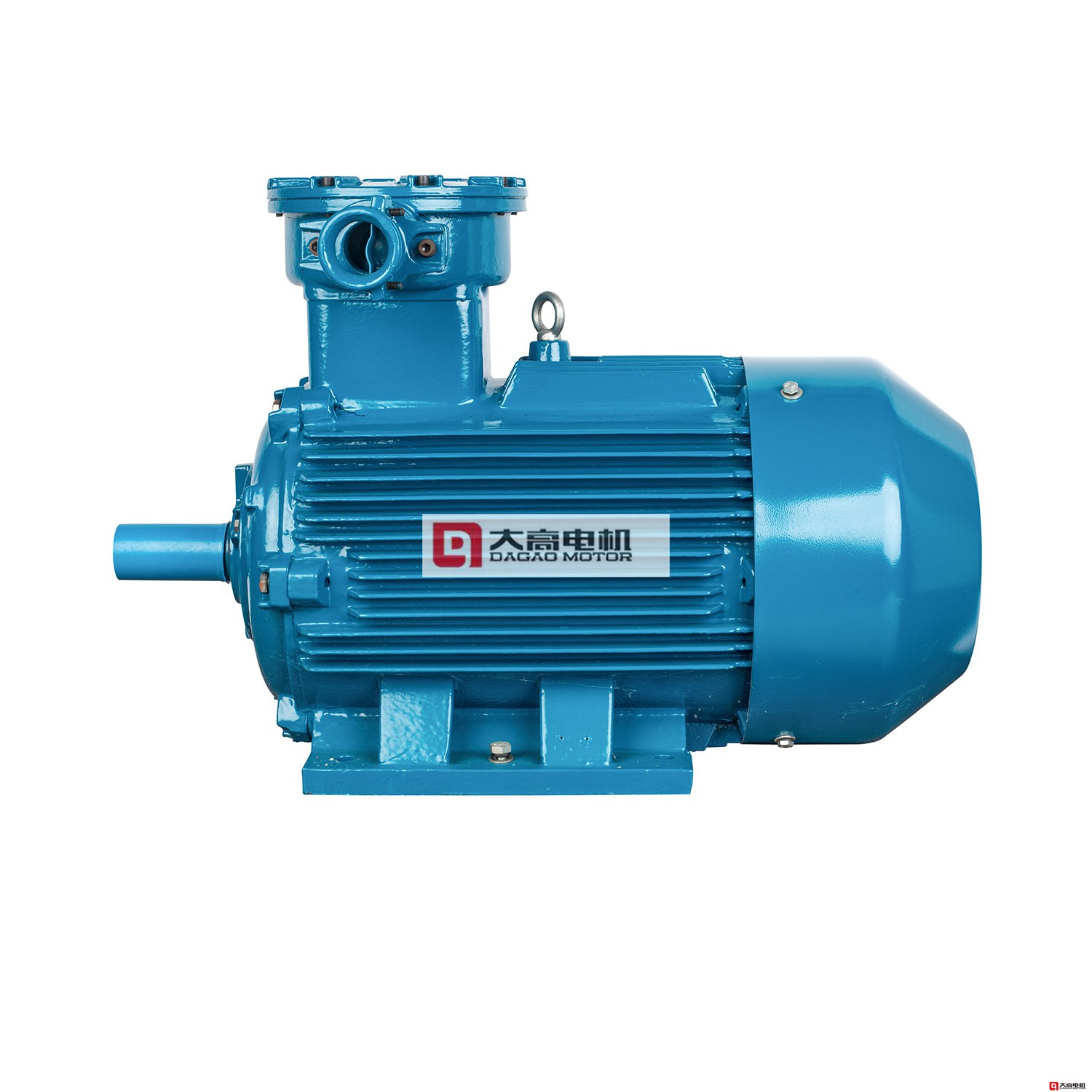 For a motor, although it is not a uniform material body, the basic characteristics of the heating process are generally applicable to the motor. In order to ensure that the temperature rise of the motor does not exceed a certain value, it is necessary to reduce the losses generated in the motor and increase the heat dissipation capacity of the motor.
For a motor, although it is not a uniform material body, the basic characteristics of the heating process are generally applicable to the motor. In order to ensure that the temperature rise of the motor does not exceed a certain value, it is necessary to reduce the losses generated in the motor and increase the heat dissipation capacity of the motor.
With the increasing capacity of a single motor, improving the cooling system and increasing heat dissipation capacity to limit the temperature rise of the motor has always been one of the main issues in the development and progress of the motor.
When the motor operates normally at a certain capacity, its temperature rise is also constant. Therefore, only by specifying the temperature rise of the motor can the capacity of the motor have precise meaning. The purpose of temperature rise calculation is generally to calculate whether the temperature rise of several heating components in the motor exceeds the allowable limit value during rated operation, and taking into account the necessary margin.
When the motor operates for a long time at rated state and its temperature reaches stability, the allowable limit value of temperature rise for each component of the motor is called the temperature rise limit. The temperature rise limit of the motor is specified in national standards, and different heat resistance levels correspond to different temperature rises.
As for the winding, the temperature rise limit basically depends on the maximum temperature allowed by its insulation structure and the temperature of the cooling medium, but it is also related to factors such as the temperature measurement method, the heat transfer and heating conditions of the winding, and the allowable heat flux intensity generated therein. The following are explained separately:
1. The materials used for the insulation structure of the motor winding will gradually deteriorate in mechanical, electrical, and physical properties under the action of temperature. When the temperature rises to a certain extent, the characteristics of the insulation material will undergo essential changes, and even lose its insulation ability. In electrical technology, insulation structures or systems in motors and electrical appliances are often divided into several heat resistant grades based on their ultimate temperature. Long term operation of insulation structures or systems at corresponding levels of temperature generally does not result in qualitative performance changes.
2. The insulation structure can achieve a relatively economical service life at the specified limit temperature. Theoretical derivation and practical evidence have shown that the service life of insulation structures is exponentially related to temperature, making them highly sensitive to temperature. If the working temperature exceeds the limit temperature of 8-14 ℃, its service life will be shortened by an average of half. For certain special purpose motors, if their service life is not required to be long, in order to reduce the size of the motor, the allowable limit temperature of the motor can be increased based on experience or experimental data.
3. Although the temperature of the cooling medium varies depending on the cooling system and cooling medium used, for the various cooling systems currently used, the temperature of the cooling medium basically depends on the atmospheric temperature and is roughly the same in numerical terms as the atmospheric temperature. However, atmospheric temperature varies with different times and locations within a year. According to statistics, the annual average temperature in various regions of China is below 22 ℃, with an average maximum temperature not exceeding 35 ℃. The absolute maximum temperature is generally between 35-40 ℃, and only a few regions are between 40-45 ℃. At present, countries around the world generally use the absolute highest temperature of the atmosphere in most regions as the temperature of the cooling medium, so China’s national standards specify+40 ℃ as the temperature of the cooling medium.
4. Different methods of measuring temperature can result in different differences between the measured temperature and the hottest point temperature in the tested component, and the temperature of the hottest point in the tested component is the key to determining whether the motor can operate safely for a long time.
In general, the temperature rise limit is specified for areas with an altitude of no more than 1000 meters and a maximum ambient temperature of 40 ℃. In areas with higher altitudes, where the air is relatively thin and the heat dissipation conditions are poor, the temperature of a motor operating in this situation is determined by the national standard when the altitude of the motor’s use location is higher than the test location.
Post time: Nov-24-2023
